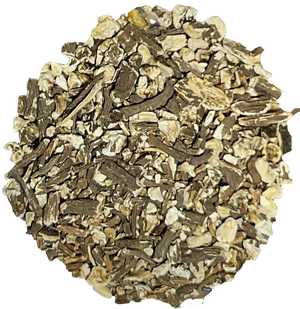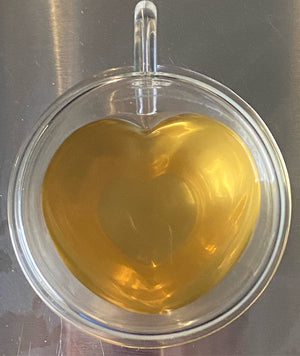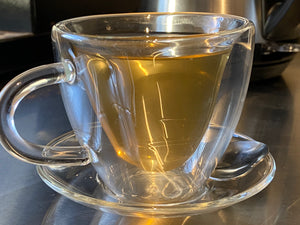Dandelion Root Organic (Cut, Sifted)
$3.00
Dandelion Root (Taraxacum officinale G.H. Weber ex Wigg.) is a healing plant that has been used for thousands of years in Traditional Chinese Medicine and is long-prized by herbalists for its cleansing properties. Large amounts of oligosaccharides help inhibit the growth of harmful bacteria while boosting beneficial bifidobacterium found in the intestines.
Native Americans also boiled dandelion in water and took it to treat kidney disease, swelling, skin problems, heartburn, and upset stomach. Dandelion root has traditionally been used to support a healthy digestive system. Other research suggests dandelion root may help reduce inflammation, help regulate hormones, blood sugar, as well as cholesterol levels, boosting healthy HDL. Dandelion contains complex sesquiterpenes and polyphenols that may also fight cancer growth.*
While often used in teas, dandelion root is a great addition to incorporate in juices, salads, stews, and soups to add nutritional value to any recipe. Dandelion root can also be blended into other herbal tea blends, made as a coffee, or infused in DIY body care recipes. The taste at the front of the palate is of sweet almond, whilst the back of the mouth picks up pleasantly mild bitterness with a light astringency.
Origin- Bulgaria, USA
Ingredients- Organic Fair Trade Certified Dandelion Root
Recommended Brewing- For tea, use 2 tsp for 8 oz. water @ 212°F, brew 5-20 minutes, depending upon your preferred strength.

![]()

Chadwick M, Trewin H, Gawthrop F, Wagstaff C. Sesquiterpenoids lactones: benefits to plants and people. Int J Mol Sci. 2013;14(6):12780-12805. Published 2013 Jun 19. doi:10.3390/ijms140612780
Jeon HJ, Kang HJ, Jung HJ, Kang YS, Lim CJ, Kim YM, Park EH. Anti-inflammatory activity of Taraxacum officinale. J Ethnopharmacol. 2008 Jan 4;115(1):82-8.
Kim HM, Shin HY, Lim KH, el al., Taraxacum officinale inhibits tumor necrosis factor-alpha production from rat astrocytes. Immunopharmacol Immunotoxicol. 2000;22(3):519-30.
Kisiel W, Barszcz B. Further sesquiterpenoids and phenolics from Taraxacum officinale. Fitoterapia. 2000;71(3):269-73.
Qian L, Zhou Y, Teng Z, Du CL, Tian C. Preparation and antibacterial activity of oligosaccharides derived from dandelion. Int J Biol Macromol. 2014;64:392-4.
Sweeney B, Vora M, Ulbricht C, Basch E. Evidence-based systematic review of dandelion (Taraxacum officinale) by Natural Standard Research Collaboration. J Herb Pharmacother. 2005;5(1):79-93.
Trojanova I, Rada V, Kokoska L, Vlkova E. The bifidogenic effect of Taraxacum officinale root. Fitoterapia. 2004;75(7-8):760-3.
Zhi X, Honda K, Ozaki K, Misugi T, Sumi T, Ishiko O. Dandelion T-1 extract up-regulates reproductive hormone receptor expression in mice. Int J Mol Med. 2007;20(3):287-92.
* These statements have not been evaluated by the FDA. Our products are not intended to diagnose, cure, treat, or prevent any disease or health condition. If you are allergic to ragweed, chrysanthemums, marigold, chamomile, yarrow, daisies, or iodine, you should avoid dandelion.
Collections: Botanicals, Flower of Life Tea™
Category: botanical, Flower of Life, Flower Of Life Tea, Flower of Life Teas, herbal
Type: Unknown Type
You may also like
Sign up to get the latest on sales, new releases and more…
Support Email/Phone
coffee@boardwalkbeans.com
(609) 389-9255
© 2025 Boardwalk Beans .
POS and Ecommerce by Shopify







